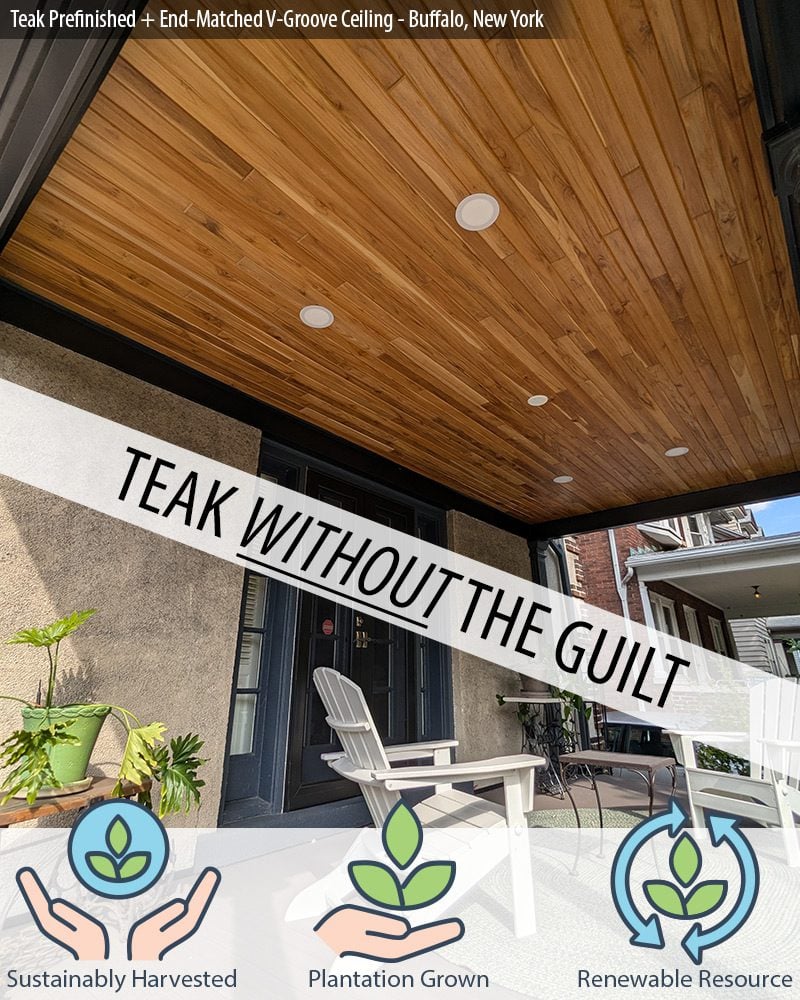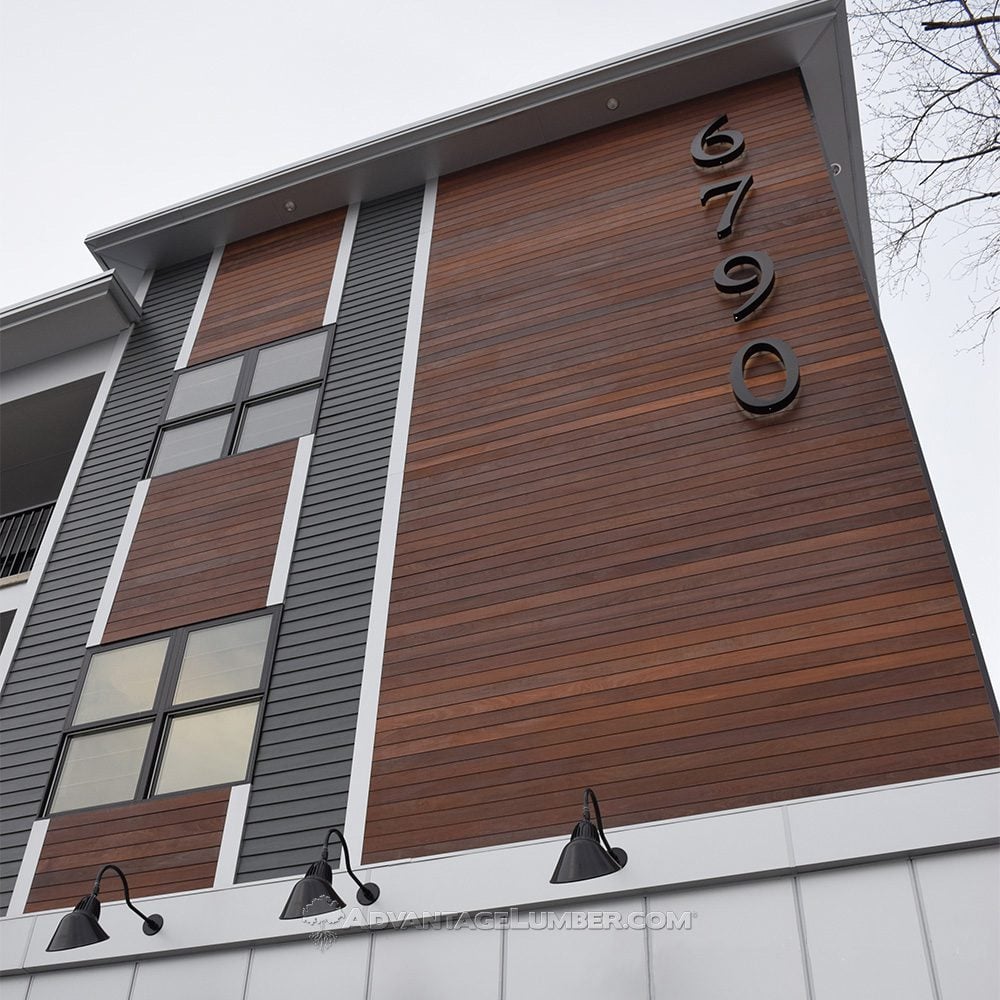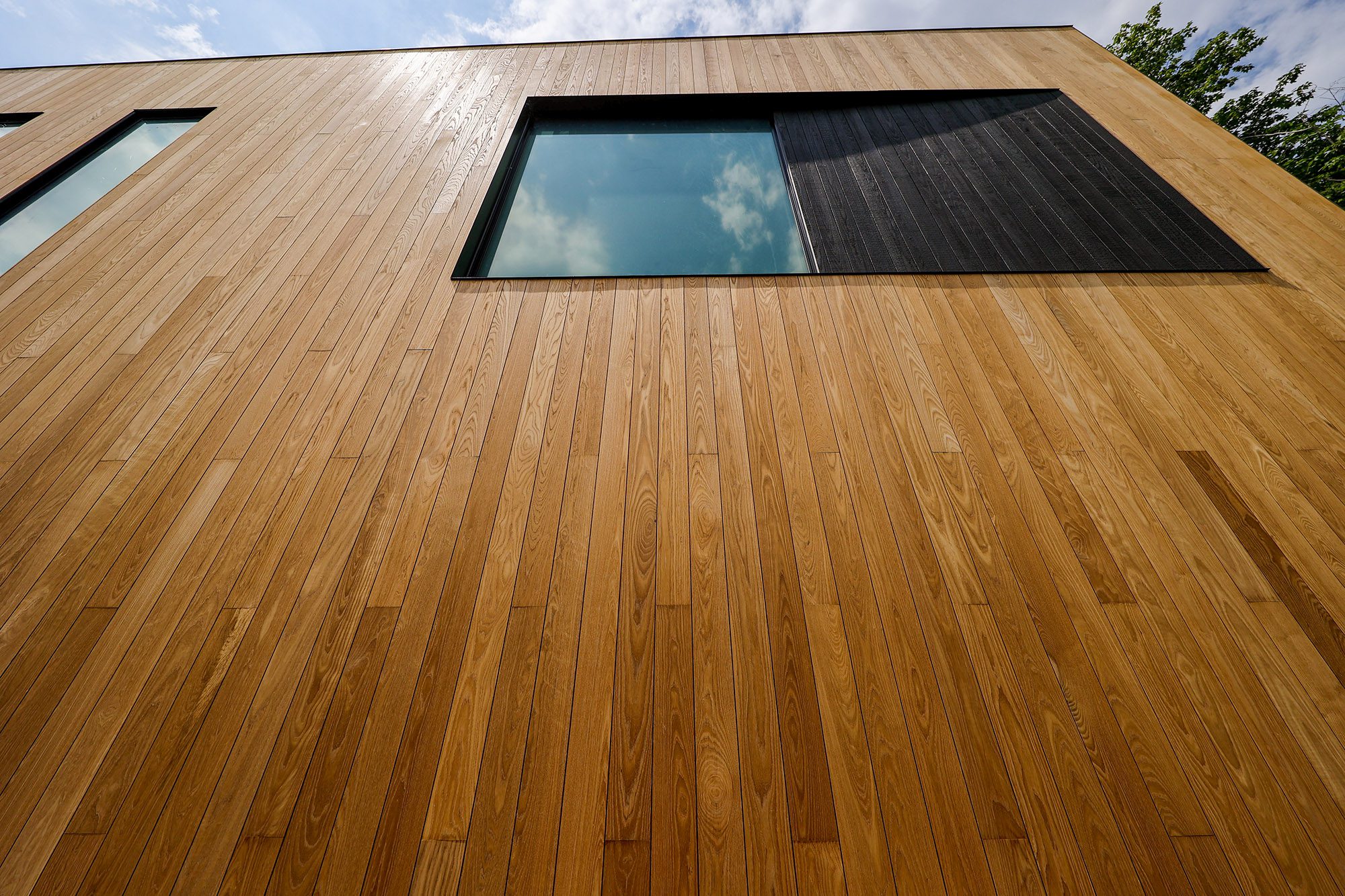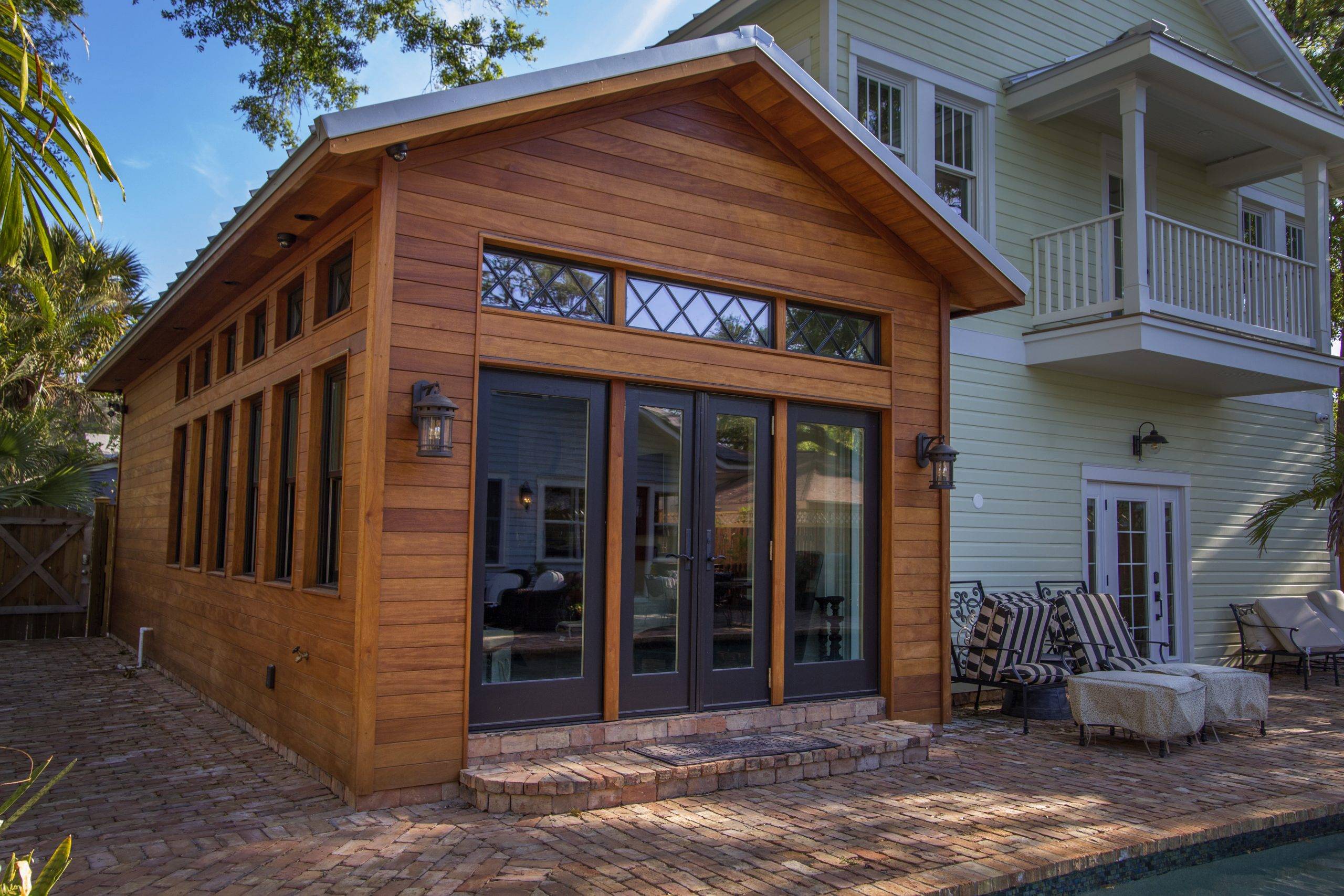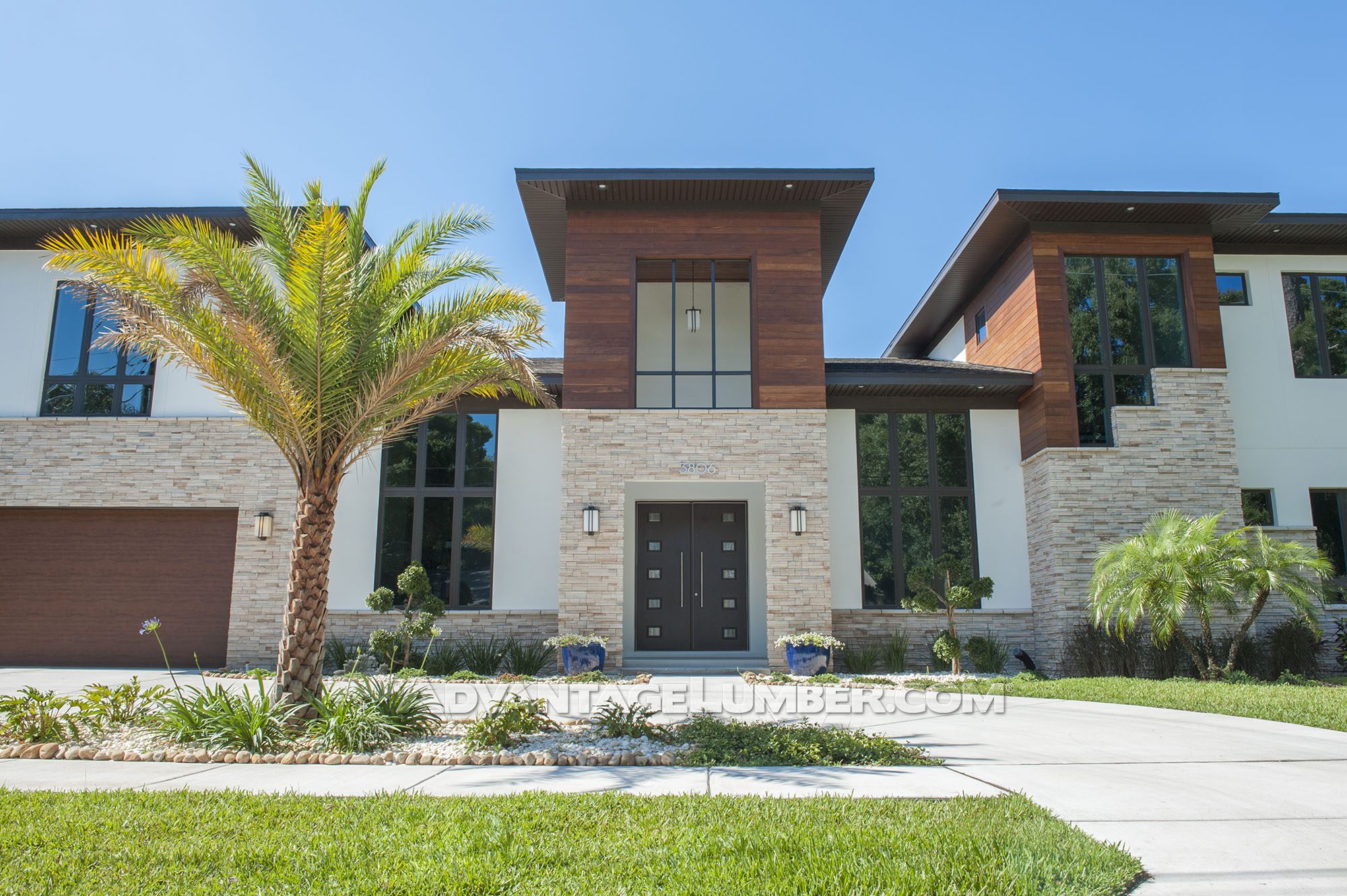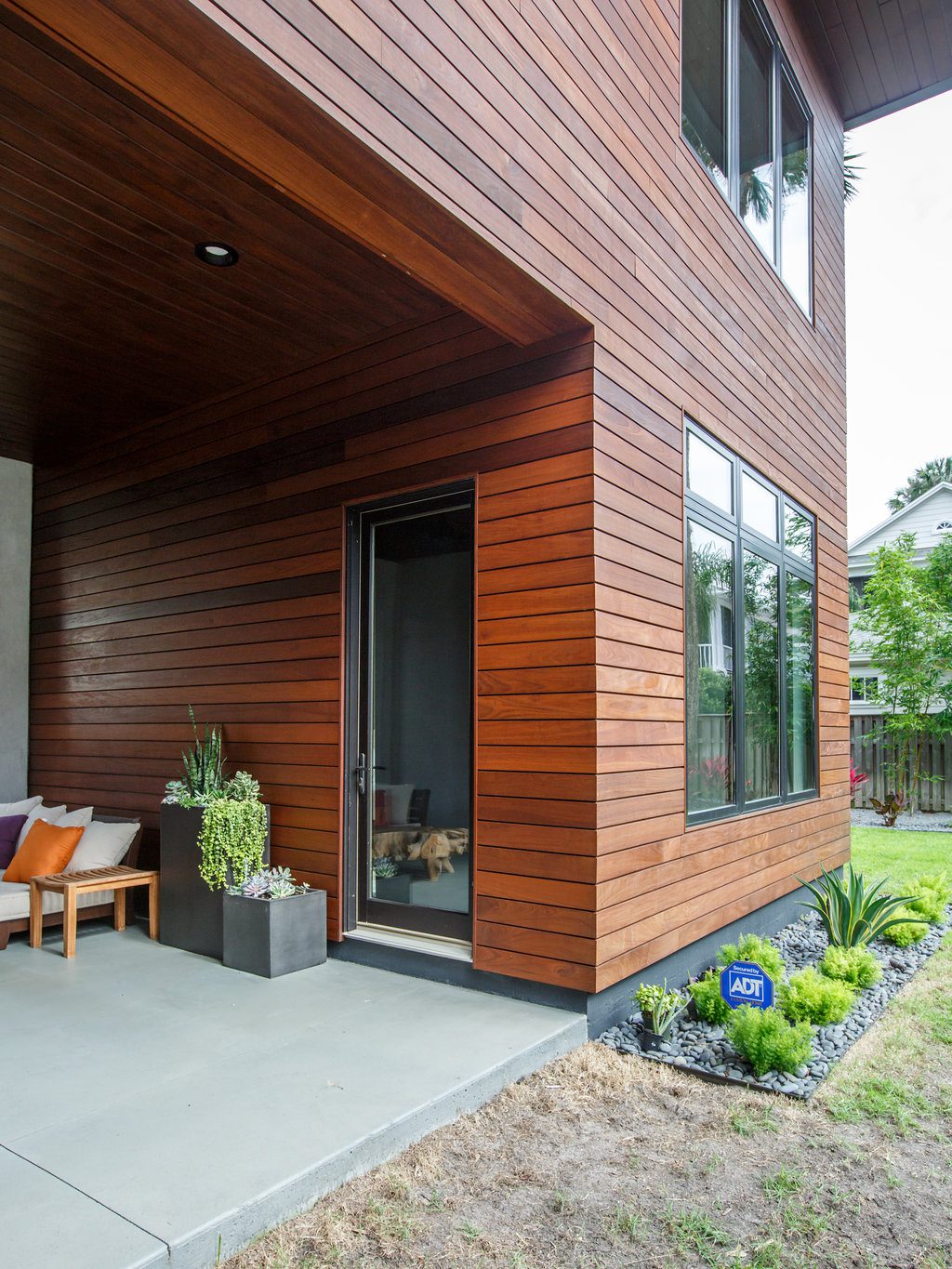Teak Without the Guilt: Sustainable Luxury for Your Home
Teak has long been the gold standard for luxury outdoor furniture and high-performance wood products. Its timeless beauty, natural resistance to the elements, and durability make it a favorite for decking, siding, and more. But traditional sources of teak, such as Burmese Teak, have raised concerns about environmental and ethical issues. Fortunately, there’s a way …
